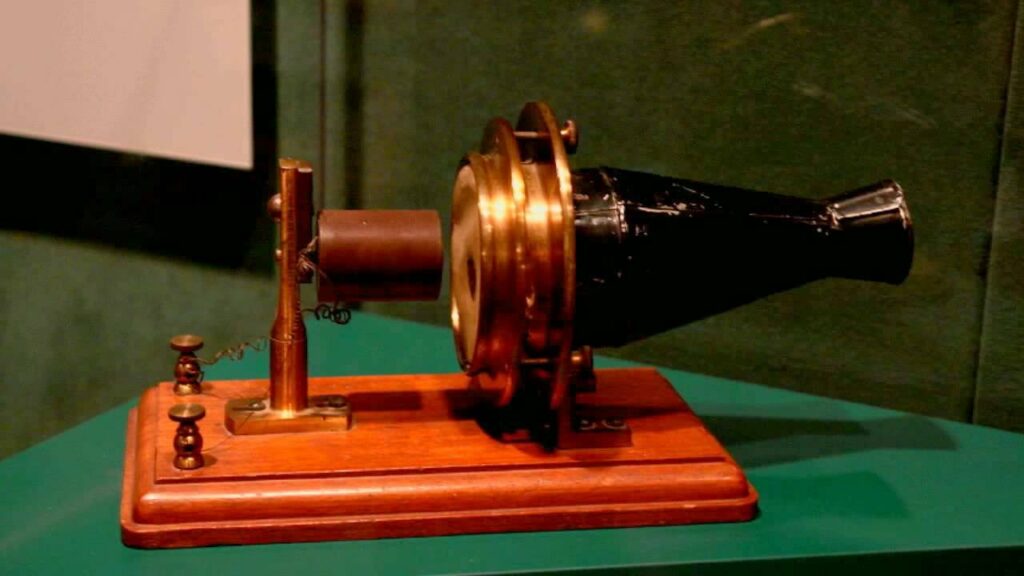Alexander Graham Bell was a Scottish inventor who is credited for patenting the world’s first functional telephone. He is also the co-founder of the American Telephone and Telegraph Company in 1885. While we commonly answer our phones with a hello. Did you know Bell intended to greet people on the telephone?
When people first began using the telephone, they frequently yelled into the wrong part, and when they did get to use the phone properly, they had no idea how to start the conversation. “Ahoy” was Alexander Graham Bell’s preferred option.
The History of the Telephone
Before the invention of the electric telephone, the term telephone was applied to other inventions, and not all early researchers of the electrical device referred to it as such. The telephone was initially invented by Gottfried Huth in 1796, it was possibly the first use of the term for a communication system. Huth proposed an alternative to Claude Chappe’s optical telegraph in which the operators in the signaling towers would shout to each other through what he called speaking tubes, which are now known as giant megaphones.
Several inventors pioneered experimental work on voice transmission over a wire and improved on each other’s ideas, as they did with other influential inventions such as radio, television, the light bulb, and the computer.
New controversies over the issue continue to emerge regularly. The telephone was claimed to be invented by Charles Bourseul, Antonio Meucci, Johann Philipp Reis, Alexander Graham Bell, and Elisha Gray, among others.
(Source: The Internet Archive)
Early Commercial Instruments for the Telephone
Early telephones had a wide range of technical capabilities. Some used a water microphone, while others had a metal diaphragm that induced current in an electromagnet wound around a permanent magnet, and still, others were dynamic that their diaphragm vibrated a coil of wire in the field of a permanent magnet, or the coil vibrated the diaphragm.
The sound-powered dynamic variants survived in small numbers in military and maritime applications throughout the twentieth century, where their ability to generate electrical power was critical. Most, on the other hand, used the Edison/Berliner carbon transmitter, which was much louder than the others, although it required an induction coil that was an impedance matching transformer to make it compatible with the line’s impedance.
The Edison patents kept the Bell monopoly alive until the twentieth century when the network had surpassed the instrument in importance.
Early telephones were powered locally, either by a dynamic transmitter or by powering a transmitter with a local battery. Outside plant personnel was responsible for visiting each telephone regularly to inspect the battery. Telephones powered by the telephone exchange over the same wires that carried voice signals became common in the twentieth century.
Back then, telephones used a single wire for the subscriber’s line, with a ground return to complete the circuit. The first dynamic telephones had only one sound port, and the user listened and spoke into the same hole. The instruments were sometimes used in pairs, one at each end of the conversation, which made it more convenient but also more expensive. (Source: History)
